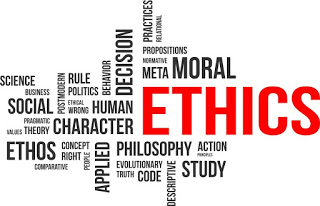Singh, A., Morrison, B. W., &;Morrison, N. M.
(2023). Child Abuse & Neglect, 146, 106506.
Abstract
Background
The perception of CSA disclosure belief is critical to long-term outcomes for CSA survivors. Despite disclosures often occurring in clinical settings CSA survivors do not always report a sense of clinician belief in response to their disclosure. Ascertaining the factors that influence clinician belief is essential to improving outcomes.
Objective
This study examined whether language (i.e., word choice to describe abuse) and ongoing relationship status with a perpetrator impact perceptions of CSA belief amongst psychologists.
Methods
This 2 × 2 within subject's study examined relationship effects (ongoing verses estranged) and language effects (consensual verses abusive), embedded in fictitious vignettes, on believability. Seventy-five participants completed demographic surveys, rated and discussed belief in four vignettes, and completed validated scales capturing clinician trauma history and CSA myth endorsement.
Results
A significant main effect for relationship was found with ongoing victim-perpetrator relationships being less believed than depictions of estranged relationships (F(1,3) = 15.57, p = .001, h2 = 0.174). While no main effect for language was found (F(1,3) = 0.06, p = .801, h2 = 0.001) content analysis of the open-ended items revealed 80 % of psychologists reported being influenced by the language manipulations. Correlations revealed male psychologists were less likely to believe disclosures and more likely to endorse CSA myths than females, and psychologists who had engaged in trauma training appeared to have heightened disclosure belief and lower myth endorsement.
Conclusions
While psychologists generally report belief in CSA disclosures they appear to evaluate specific disclosure aspects to inform this level of belief. Issues around social desirability, measure sensitivity, and learning effects are discussed alongside the importance of trauma training for psychologists.
Here are the important points for mental health professionals:
Enhanced Sensitivity to Biases: Psychologists should be aware of their own biases and how they might affect their perceptions of CSA disclosures. This self-reflection can help mitigate the impact of biases on evaluations and decisions.
Trauma-Informed Training: Providing psychologists with comprehensive trauma-informed training can improve their understanding of CSA, its effects, and appropriate responses to disclosures. This training can foster empathy, reduce skepticism, and enhance the believability of disclosures.
Standardized Assessment Procedures: Implementing standardized assessment protocols for CSA allegations can help ensure consistency and reduce the influence of biases on individual psychologists' judgments.
Support for Survivors: Fostering a supportive and validating environment for CSA survivors is crucial to encourage disclosures and facilitate healing. This involves believing survivors, avoiding judgmental attitudes, and providing appropriate resources and support.








